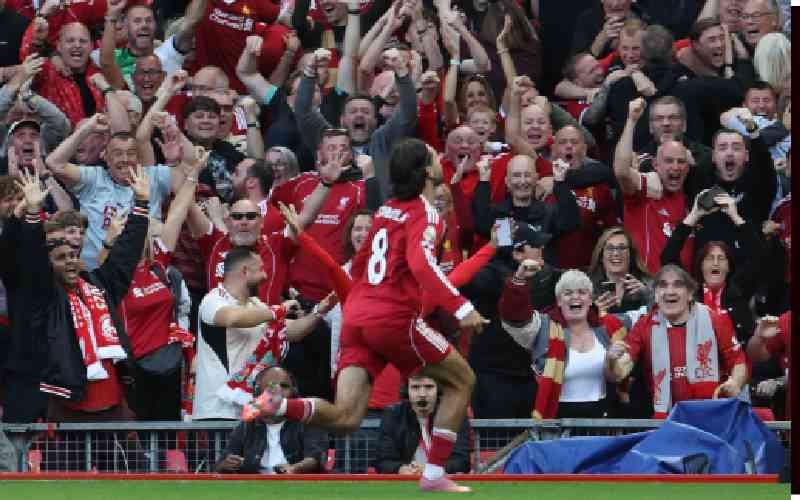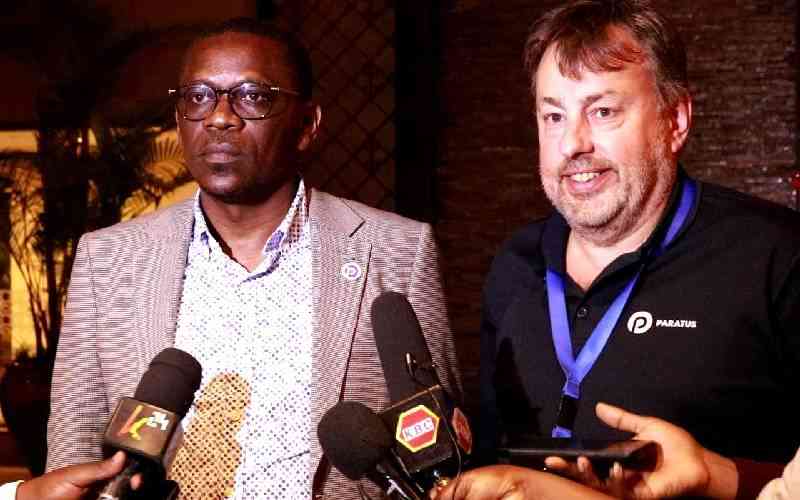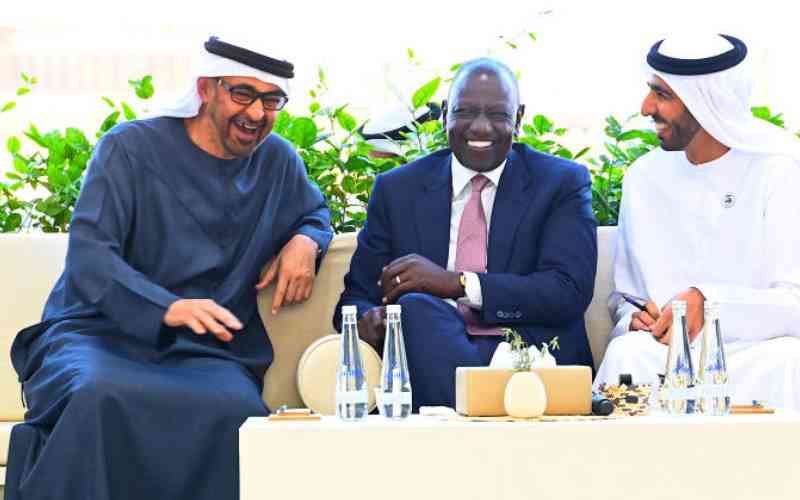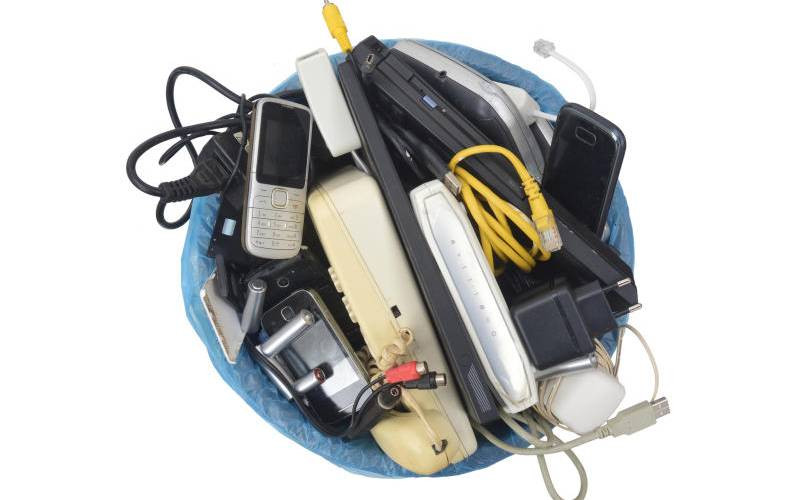
The summer of 2025 was a monumental period for Liverpool, marked by an unprecedented spending spree exceeding £400 million under new leadership. The window’s climax was meant to be the Deadline Day signing of Crystal Palace captain Marc Guehi, a move designed to complete a historic squad overhaul. However, what seemed like a finalised transfer spectacularly collapsed in the final hours, leaving a significant gap in the Premier League champions' roster.
In fact, the drama surrounding such high-stakes moves becomes a focal point of discussion. The outcomes are often debated everywhere from fan forums to analyses on betting sites with bonuses in Kenya, you can find on Goal.com, where odds can fluctuate with every rumour. The Guehi saga, therefore, offers a clear look into the complex variables that can derail a seemingly certain deal, far beyond the initial agreement between two clubs.
The brink of completion
Liverpool’s pursuit of Marc Guehi was a meticulously planned operation. The club had secured the player's agreement on personal terms weeks before the deadline, showing Guehi’s commitment to the move. As the final day unfolded, every piece fell into place. A £35 million fee was agreed upon, Guehi completed his medical in London, and both clubs even submitted a deal sheet to the Premier League to get a two-hour extension for paperwork.
The deal was considered so certain that it received the coveted "Here We Go!" stamp of approval from transfer expert Fabrizio Romano. All signs pointed to an official announcement. Still, a chain reaction initiated within Crystal Palace was about to unravel the entire arrangement, demonstrating that no deal is truly done until the window closes.
A domino effect of failure
The collapse was not due to Liverpool or the player; rather, it was a consequence of strategic failure at Crystal Palace. The primary cause was a dramatic ultimatum from their manager, Oliver Glasner. Upon learning his captain was being sold, Glasner sensationally threatened to quit if a suitable replacement was not secured first. This put immense pressure on the club's chairman, Steve Parish.
This ultimatum became critical when Palace’s own plans fell apart. Their move for a replacement defender, Igor Julio from Brighton, collapsed just hours before the deadline. The failure to secure this key target left them with no experienced alternative. The situation highlights several key missteps by Palace:
Managerial Ultimatum: Glasner’s threat forced the board to choose between the manager and the money.
Failed Replacement: The collapse of the Igor Julio deal left the club without a viable substitute.
Poor Contingency Planning: Relying on a single target so late in the window proved to be a critical error.
The financial and tactical ripple effect
For Liverpool, the failed transfer leaves a tactical vulnerability. Guehi was intended to be the "security blanket" providing depth behind Virgil van Dijk and the injury-prone Ibrahima Konate. Missing out on him creates a potential defensive issue for the current season and a strategic problem for the future, especially with Konate’s own contract situation looming.
Stay informed. Subscribe to our newsletter
Moreover, for Crystal Palace, the decision is a massive financial gamble. By rejecting a guaranteed £35 million, they now risk losing Guehi on a cut-price deal in January or for free next summer when his contract expires. It seems that they prioritised short-term stability to appease their manager over long-term financial health, a decision that could prove costly. This choice to prevent one transfer has set them up for a much weaker negotiating position in the near future.







